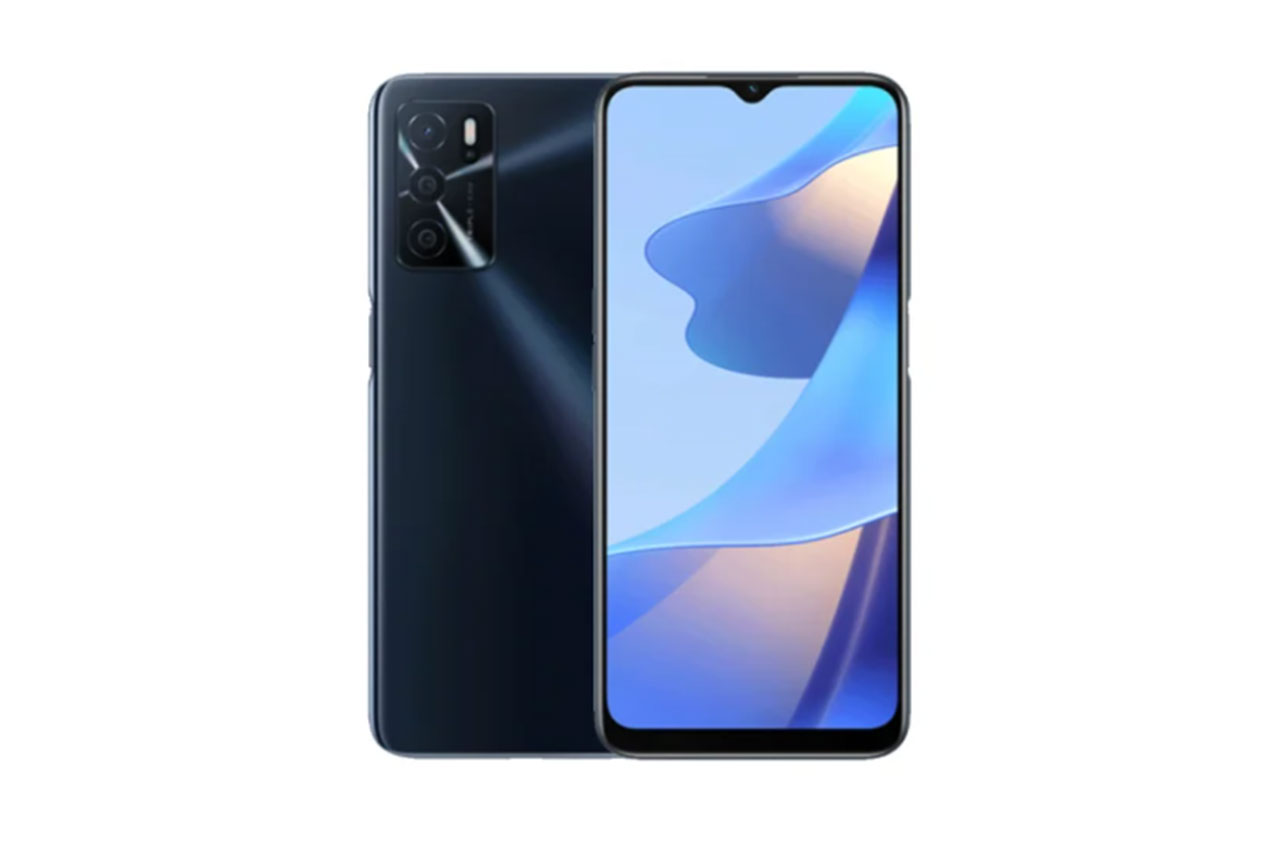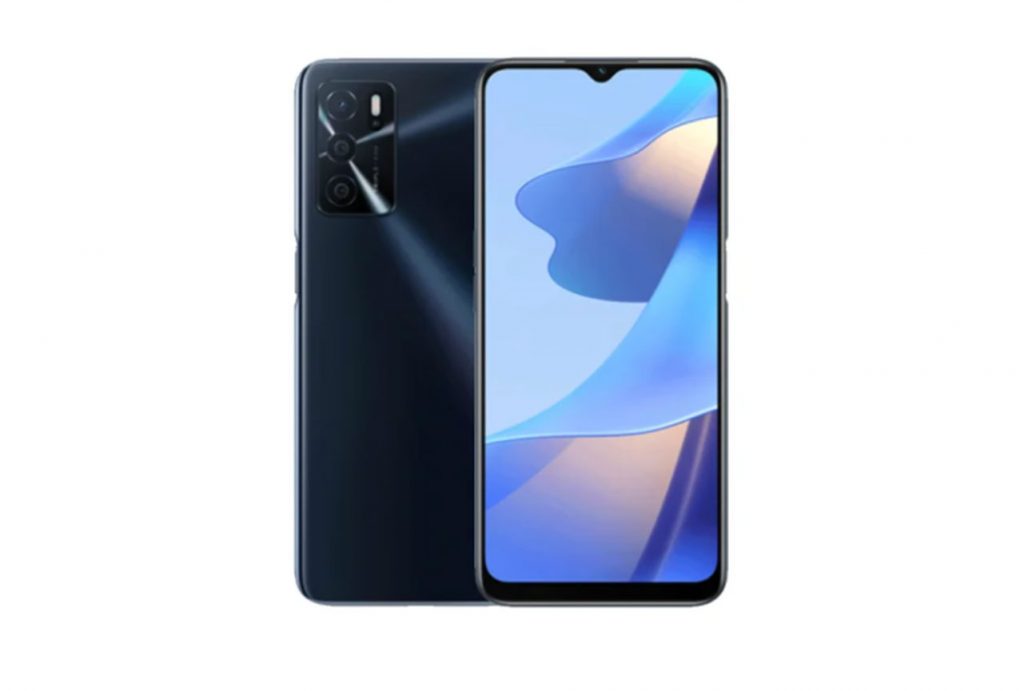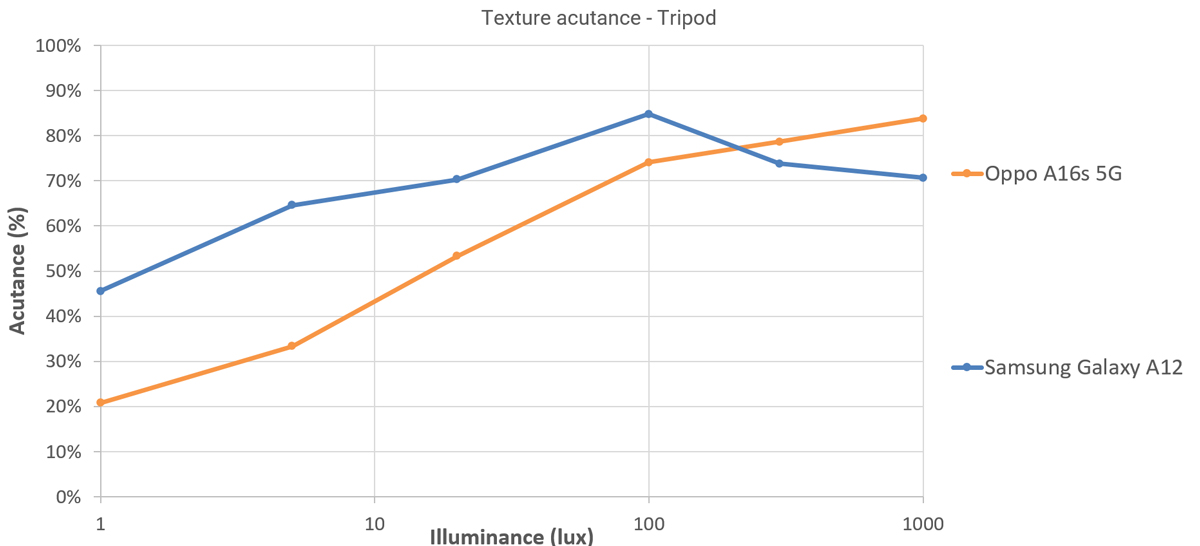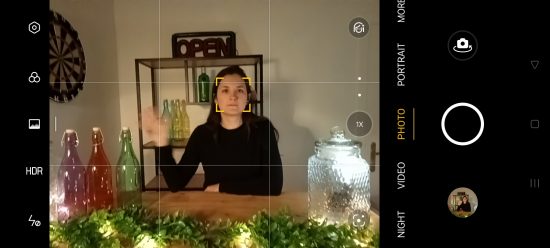The Oppo A16s is one of the most affordable devices in the Chinese manufacturer’s lineup, and it offers some good specs for the money. It is built around a massive 5000mAh battery, but the MediaTek Helio G35 chipset, 4GB of RAM, 64GB of (expandable) storage, and a 6.52-inch display with HD+ resolution are all adequate for the price point, too.
The camera setup on the other hand is a comparatively simple affair. The Oppo comes with a triple-cam but no tele or ultra-wide lenses. Instead the 13 MP primary camera is flanked by a 2 MP monochrome unit and a dedicated macro camera. Video can be recorded at 1080p or 720p resolutions at 30 frames per second.
Let’s see how the Oppo A16s camera holds up against the competition in the Essential segment.
Key camera specifications:
- Primary: 13 MP sensor, f/2.2-aperture lens with 80° field of view, autofocus
- Mono: 2 MP sensor, f/2.4-aperture lens with 88.8° field of view, fixed focus
- Macro: 2 MP sensor, f/2.4-aperture lens with 88.8° field of view, fixed focus
- LED Flash
- 1080p/720p at 30 fps
About DXOMARK Camera tests: For scoring and analysis in our smartphone camera reviews, DXOMARK engineers capture and evaluate over 3000 test images and more than 2.5 hours of video both in controlled lab environments and in natural indoor and outdoor scenes, using the camera’s default settings. This article is designed to highlight the most important results of our testing. For more information about the DXOMARK Camera test protocol, click here. More details on how we score smartphone cameras are available here.
Test summary
Scoring
Sub-scores and attributes included in the calculations of the global score.

Oppo A16s 5G


Use cases & Conditions
Use case scores indicate the product performance in specific situations. They are not included in the overall score calculations.
Outdoor
Photos & videos shot in bright light conditions (≥1000 lux)
Indoor
Photos & videos shot in good lighting conditions (≥100lux)
Lowlight
Photos & videos shot in low lighting conditions (<100 lux)
Friends & Family
Portrait and group photo & videos
Pros
- Acceptable exposure and fairly wide dynamic range in bright light and under indoor conditions
- Generally good white balance in bright light photo and video
- Quite good exposure in bright light video
Cons
- Exposure instabilities and strong ghosting artifacts in high-contrast scenes
- Narrow depth of field and autofocus failures result in out-of-focus subjects
- Lack of detail
- Bokeh mode sometimes fails to activate
- No ultra-wide camera
- Lack of dynamic range and unstable autofocus in video
- Underexposure in low light video
- Ineffective video stabilization
With a DXOMARK Camera score of 80, the Oppo A16s lags quite a lot behind the best devices in the Essential segment, such as the Xiaomi Redmi Note 10S or Samsung Galaxy A12, and while it looks like a good option for users who value a big battery, mobile photographers on a budget can find better options elsewhere.
While the camera is capable of producing images with decent white balance and exposures as well as a fairly wide dynamic range in better light conditions, the level of captured detail is low in all conditions; autofocus instabilities are frequent; and the lack of an ultra-wide lens means you are stuck with the field of view provided by the primary module.
When shooting stills, the camera captures images with good white balance in bright light. Exposure is good, with a fairly wide dynamic range, in bright light and under typical indoor conditions. But our testers observed some instabilities across consecutive shots in high-contrast light conditions. The Oppo isn’t the ideal tool for shooting in low light where it struggles with underexposure and a lack of dynamic range, resulting in both highlight and shadow clipping.
The level of captured detail is low across all conditions, and a narrow depth of field combined with occasional autofocus failures means you should double-check that your subject is rendered sharp. In high-contrast scenes, we observed strong image artifacts, such as ghosting and haloing, and in portrait mode, the simulated bokeh effect sometimes does not kick in. When it does activate, subject isolation from the background is quite good with only some small errors, but the transition between blurred and sharp areas is quite abrupt. When spotlights are visible in the background, they are rendered nicely but could be more contrasted.
Like most cameras in its price segment, the Oppo A16s does not come with a dedicated tele lens and uses digital zoom to get closer to the subject. This results in a fairly strong loss of detail, which the camera tries to compensate for with strong sharpening. The overall effect isn’t great, and zooming is best avoided. Unusually, even for a camera in the Essential segment, the Oppo does not feature an ultra-wide camera, and therefore loses points in the Wide category.

In bright light, video clips recorded on the A16s have good exposure, but footage suffers from a lack of dynamic range and an unstable autofocus system. Shooting in low light likely means your video will be underexposed. Stabilization leaves room for improvement as well, with a lot of camera shake noticeable in all test conditions.









DXOMARK encourages its readers to share comments on the articles. To read or post comments, Disqus cookies are required. Change your Cookies Preferences and read more about our Comment Policy.